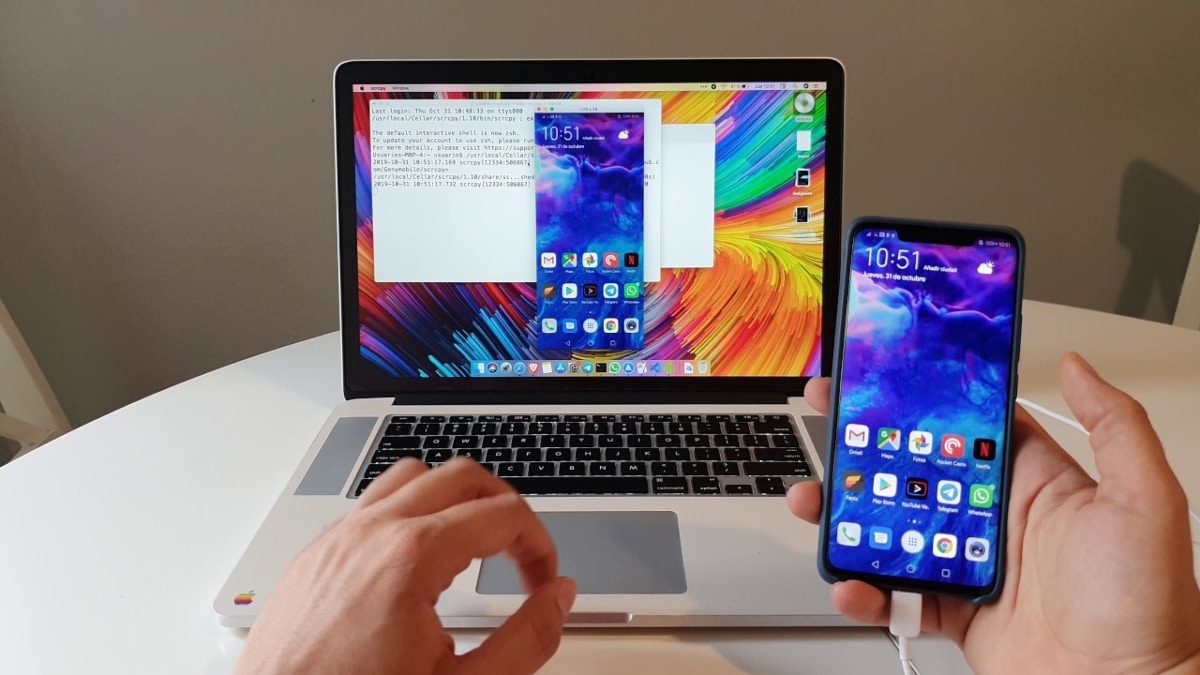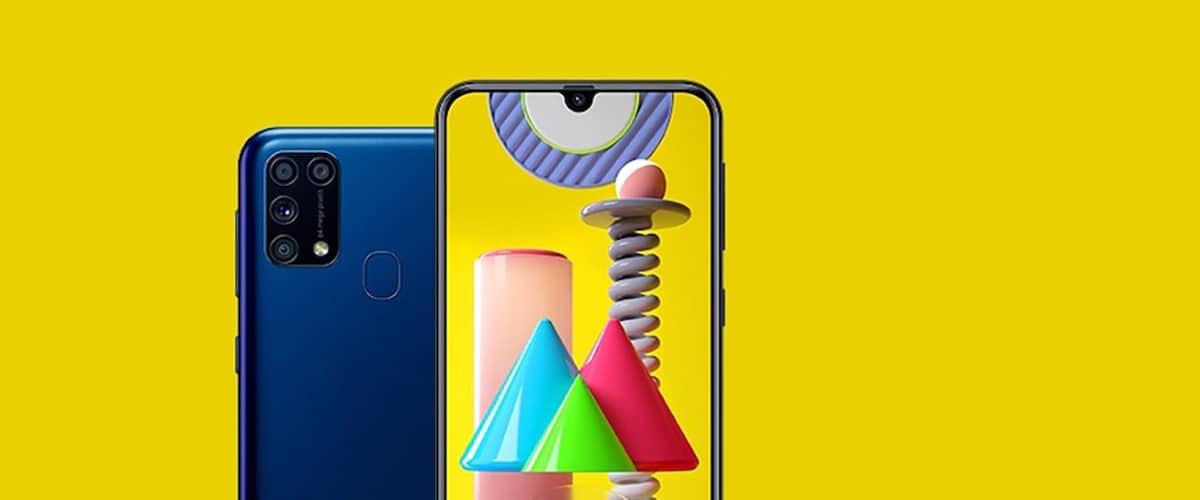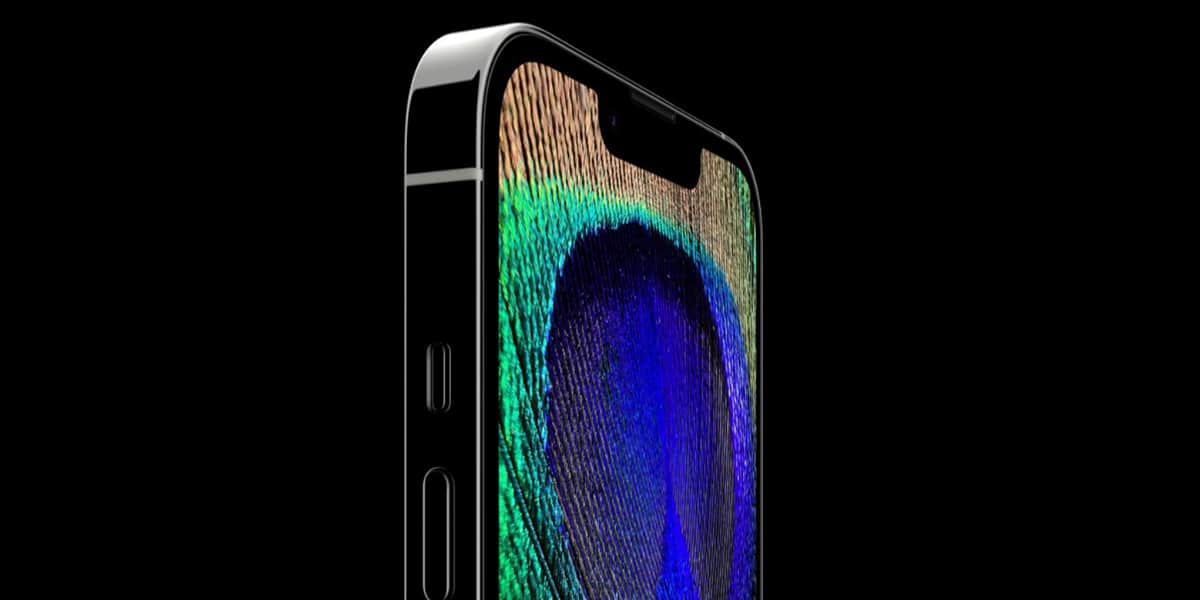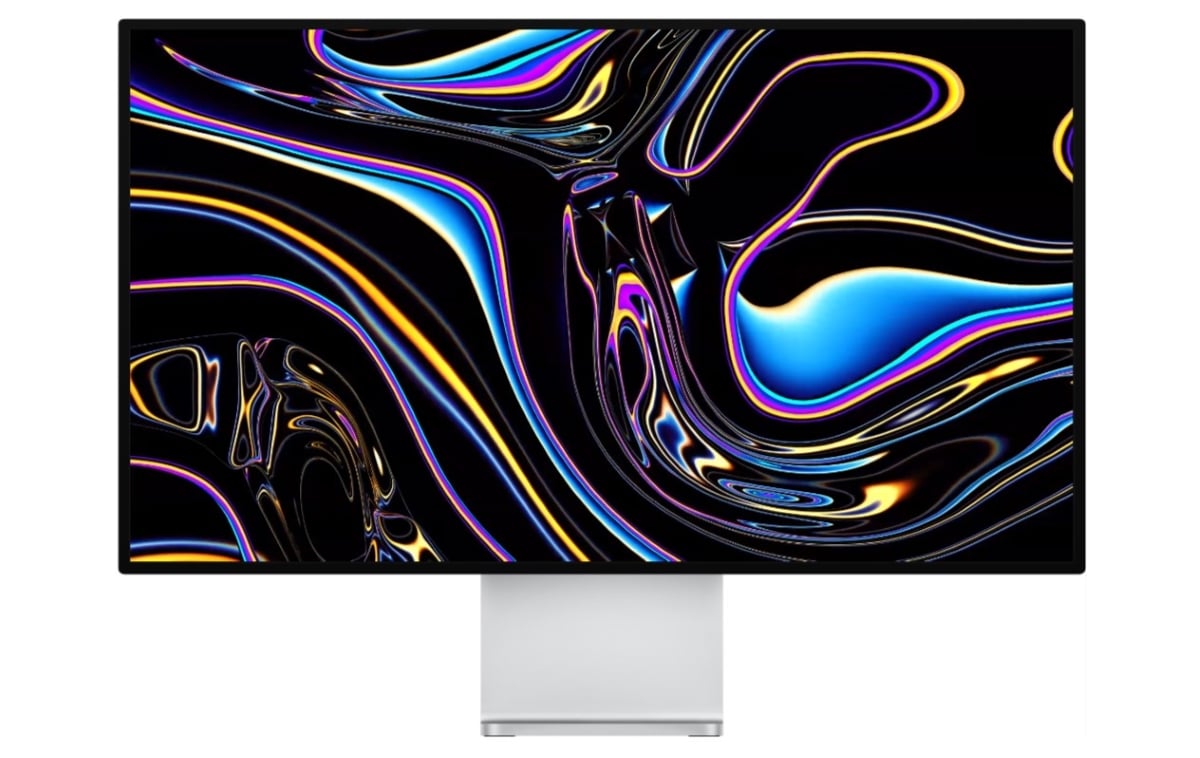
When buying a new or second-hand smartphone, We must not only take into account the performance of the camera, but, in addition, we must also consider the quality of the screen, not only its resolution (which is also important) but with what materials it is made.
Samsung has always been the pioneer, along with Apple, when it comes to implementing trends (large screen sizes with the Note range) and screen quality (with AMOLED screens), trends that later have been adopted by the rest of the manufacturers, initially in high-end terminals.
However, if we go off the high-end, we find IPS screens. Ok, all this is very nice and it is very good to sell mobile phones, but which screen is better? What is an IPS screen? What is an OLED screen? We will solve this and other questions in the following article.
What is an IPS screen

Although in the telephony market we can find IPS and OLED displays (where AMOLEDs are included), to which a new category has joined in the last year: miniLED.
IPS screens are in the LCD category along with TFT screens. These screens are made up of a series of liquid crystals that light up from a backlight, backlight that illuminates the entire panel (we will find out later why this is important).
These types of panels have traditionally been used in most mobile devices, but have high battery consumption because they illuminate the entire screen to show information.
Depending on their quality, these types of screens are not ideal for viewing the screen in direct light, however, screen viewing angles are very wide, something that does not happen on TFT screens.
In addition to IPS screens within the LCD category, we also find TFT screens. TFT screens are what were used in the first smartphones And, unlike IPS screens, each pixel is managed independently and they offer a fairly high contrast ratio and are the cheapest to produce.
However, they are the worst that are seen in direct sunlight. What's more, the angle of view is very narrow and you can hardly see the screen at an angle other than the front. The technology used in these screens is the same that we can find in most computer monitors on the market.
What is an OLED screen

OLED displays they work in a completely different way than IPS and TFT screens. They use organic materials that emit light, that is, they only light up when they have to show a color other than black.
All OLED display pixels work independently. If they have to show black, they don't light up, which allows for two things:
- Show purer blacks.
- Consume one less amount of energy.
In addition, they show a higher brightness, so are ideal for use in direct light and they are thinner, which has allowed manufacturers to slim down the size of mobile devices.
As I mentioned at the beginning of this article, the first OLED screens they were very expensive to produce, so that only high-end terminals could implement them.
Fortunately, manufacturing processes have evolved and today it is very easy to find a mid-range terminal with an OLED screen.
But, not everything is pretty. OLED displays have a problem with its duration. This type of screen tends to burn and leave marks on the screen if the displayed image is displayed for a long time without changing the colors.
Fortunately, today this is a problem from the past, thanks to how the creation of screens of this type has evolved.
Also, on a smartphone it is highly unlikely that the same image will be displayed for many hours in a row, as the power-saving controls immediately, after a few seconds, automatically take care of turning off the screen.
Due to its operation, through pixels that work independently, These panels are not used to make monitors or televisions (not to be confused with LED technology as they have nothing to do with it).
A monitor or a television if they run the risk of burning certain areas of the screen Because they show the same static image for many hours, whether it is the menu bar of the operating system or the fly of the television channel that we are watching.
The solution for this type of problem goes through miniLED technology.
What is a miniLED screen

MiniLED technology, we could it's like going back to the past. The miniLED screens use a series of panels that illuminate the pixels of the screen by zones, instead of using a single panel to illuminate the entire screen as with IPS screens.
This type of screens, by illuminating only the areas of the screen that show colors other than black, do not consume as much power as LCD panels but yes, OLED panels.
In addition, the quality of blacks It is halfway between OLED technology and IPS technology. Despite the fact that monitors that use mini-LED technology have a high number of zones (the Pro Display XDR has 600 independent zones), the quality of the blacks, for the moment, still does not measure up to what they offer us. OLED panels.
Although it does not offer us the same quality in terms of colors and brightness, it has been postulated as the future of large screens, such as monitors or televisions, although some tablets, such as the iPad Pro from 2021, have begun to use it.
Being cheaper to make than OLED displays and that do not involve the problem of burning areas of the screen, this type of screen allows manufacturers to launch increasingly large screen models, with a quality superior to traditional LCDs.
As technology evolves, the number of zones that miniLED panels light up it will be increased in order to get closer to quality that currently offers us OLED technology, a technology that we will only continue to see in smart phones and watches.